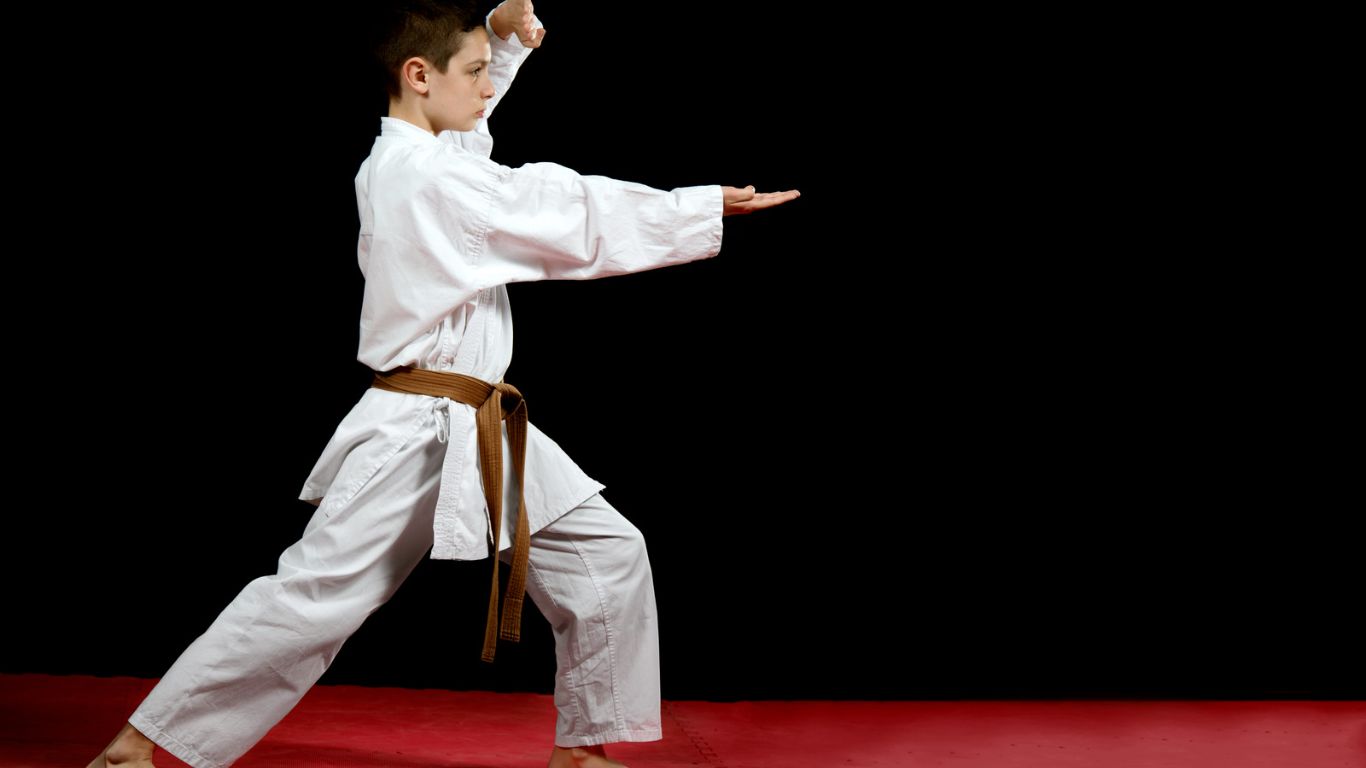A Path to Personal Growth and Resilience
In a world that is constantly changing and full of challenges, having fortitude - or the strength of character to face and overcome difficulties - is essential. Whether it is facing personal struggles or overcoming adversity in one's professional life, fortitude is a key ingredient in reaching success and happiness. It is the ability to endure and persevere, even when things are tough, that sets successful individuals apart.
Fortitude can be developed through various means, including exercise, meditation, and exposure to new experiences. However, one of the most effective ways to build fortitude is through martial arts training, such as karate. The physical and mental challenges of karate practice can help individuals build resilience and become stronger in the face of adversity.
In karate, students are taught to face challenges head-on, to never give up, and to push themselves beyond their limits. The physical and mental discipline required to progress through the ranks demands fortitude, and students must possess the courage and determination to overcome obstacles. Through their training, they learn how to stay calm and focused under pressure, and how to use their fortitude to achieve their goals.
Beyond the physical benefits, karate training also helps individuals develop the mental fortitude required to face life's challenges. They learn to control their thoughts and emotions, and to remain calm and focused in the face of adversity. They also learn to channel their energy and emotions into their training, using their frustration and anger to push themselves harder and achieve their goals.
In conclusion, fortitude is a critical component of personal growth and resilience. Whether it is developed through karate training or other means, having the strength of character to face and overcome challenges is essential for success and happiness. By developing fortitude, individuals can become stronger and more resilient, and better equipped to handle the challenges that life throws their way.


